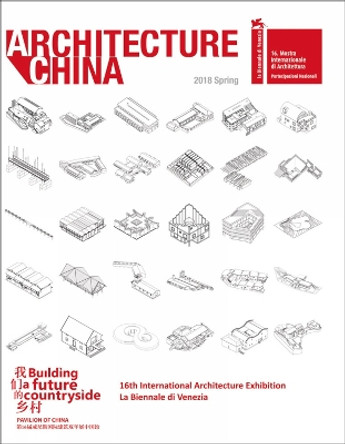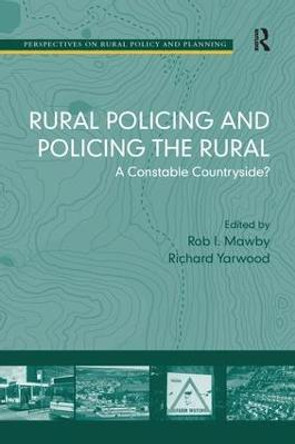Description
The second part presents quantitative and qualitative analyses of the physical characteristics first of Roman military structures, and then of the main group of buildings under investigation: unfortified and fortified farm buildings. The ways in which different spaces may have been utilised and the spatial relationships between the settlement groups formed by these buildings provide insight into how and why different types of buildings developed in the countryside during between the 1st c. BC and the 7th c. AD. These analyses demonstrate that the rural buildings of Tripolitania can be seen as meaningful reflections not only of the wide variety of activities taking place in the buildings themselves, but also of the varying histories and patterns of land-use in different parts of the region and even the status, wealth, and socio-cultural structures of the people who constructed and lived in them.
About the Author
Nichole Sheldrick completed a DPhil in Archaeology at the University of Oxford. Since 2015 she has been employed by the School of Archaeology on the Endangered Archaeology in the Middle East and North Africa Project (EAMENA). She has supervised excavations in Tunisia and carried out surveys in Morocco and Egypt.
Book Information
ISBN 9781900971775
Author Nichole Sheldrick
Format Paperback
Page Count 250
Imprint Society for Libyan Studies
Publisher Society for Libyan Studies








